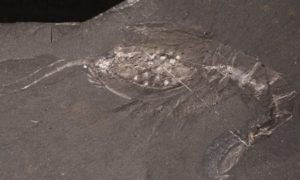It would take between 100 and 1000 plants per square meter of floor space to compete with the purification capacity of a building’s air treatment system or even a few windows open in a home, say US scientists.
Dr. Michael Waring and his colleagues at Drexel University have analyzed the results of a dozen 30-year studies on indoor air quality, and their findings are clear. Although they may be a decorative element, indoor plants have little or no real value as air purifiers.
According to them, the natural ventilation far exceeds the plants when it comes to purify your interior.
This is a misconception that has been circulating for a few years. The plants are great, but they do not purify the indoor air fast enough to affect its quality in your home or office.
Michael Waring
All of the studies conducted to date have shown that natural ventilation or ventilation rates in homes and offices dilute volatile organic compound concentrations much faster than plants can extract them from the air.
Birth of a false idea
In 1989, NASA conducted an experiment with plants to try to find a way to purify the air in its orbiters and space stations.
The problem with this experiment and others like it is that they were done in a closed environment in laboratory experiments that have little to do with a house or office, indoor environments where there is a natural exchange of air or ventilation.
Many of these studies have shown a reduction in the concentration of volatile organic compounds over time, which probably explains why some people have seized them to extol the virtues of purifying plants.
However, according to researchers’ calculations, it would take a real inner jungle to purify the air, with between 100 and 1000 plants per square meter of floor space to compete with the natural or mechanical air exchange.
This is certainly an example of how scientific results can be misleading or misinterpreted.
Michael Waring
But it is also an excellent example of how scientific research should continually revisit and question the results to better understand what is really going on around us , concludes the researcher, whose work is published in the J ournal of Exposure Science and Environmental Epidemiology (New window) ( in English).
Tammy Fantesco is a reporter for Tech Droid. After graduating from Alliance Manchester Business School, Tammy got an internship at Channel 4 where she worked on social media outreach. Tammy was also was a columnist for the Huff Post UK. Tammy mostly mobile phone news.






